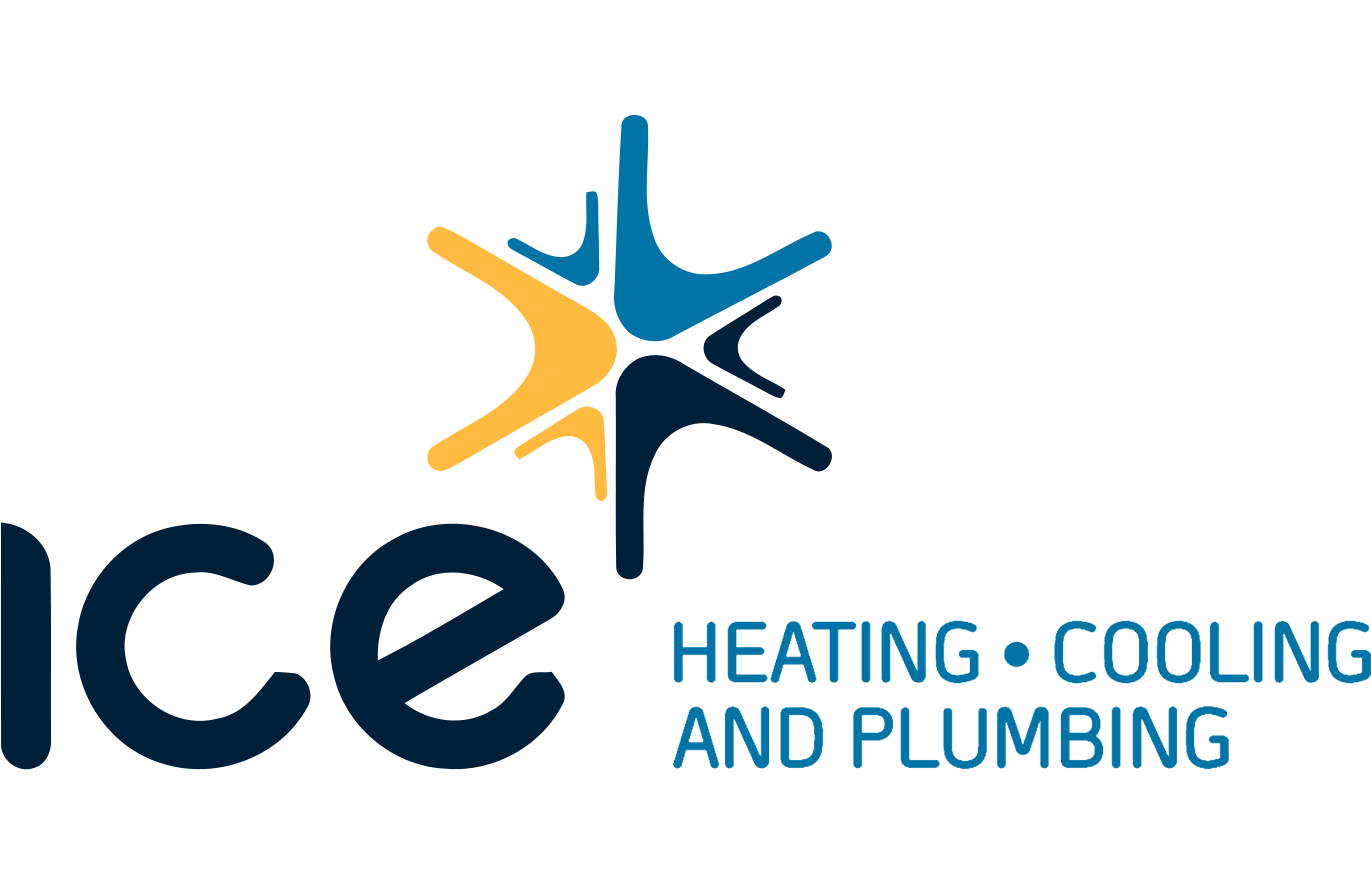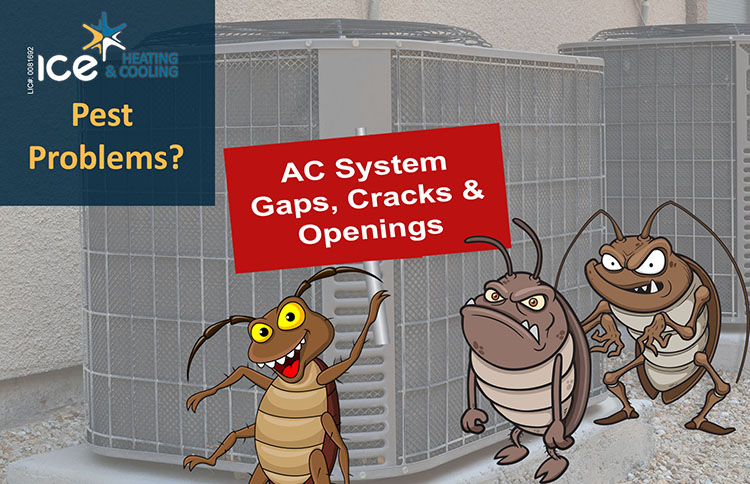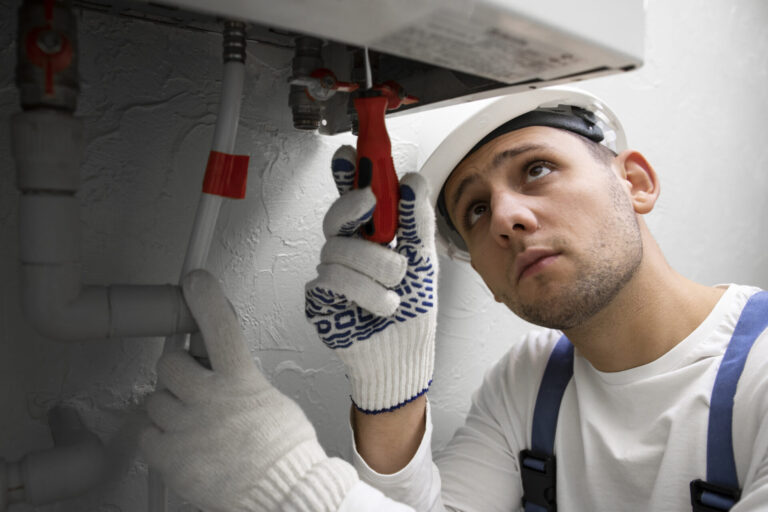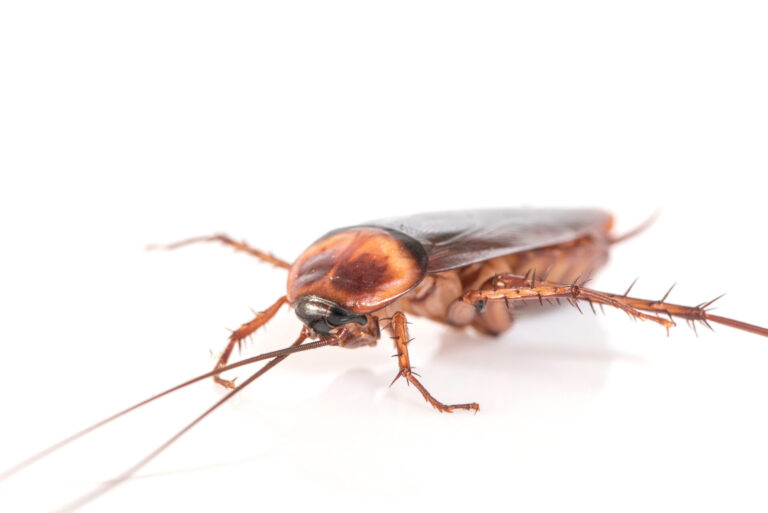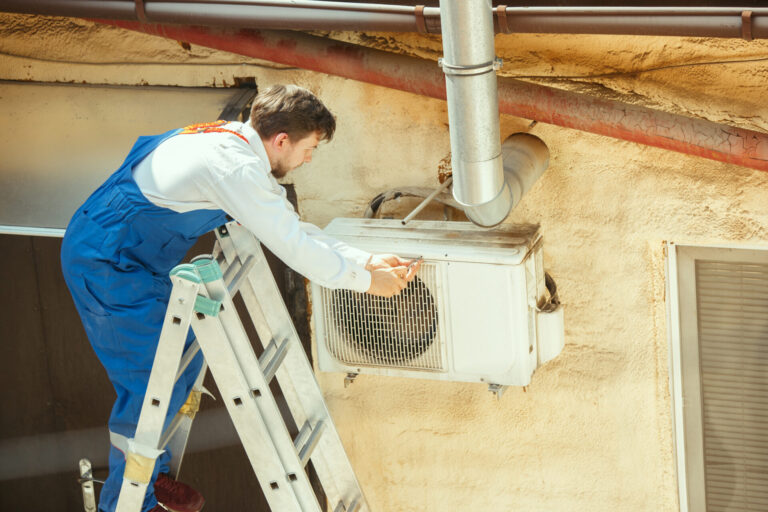When it comes to keeping our homes comfortable, air conditioning systems play a crucial role. However, did you know these systems can also become an entry point for bugs and insects? That’s right, bugs can find their way into your home through your AC system, posing potential health risks and property damage. In this blog post, we will explore why bugs enter air conditioning units, signs that bugs might be entering your home through the AC system, common insects that can infest your AC system, the risks of having your home infested by bugs, the potential entry points for bugs, and preventive measures to keep bugs out of your AC system.
Why Do Bugs Enter Air Conditioning Units?
Attracted by Cool Air
One of the main reasons bugs enter air conditioning units is because they are attracted to the cool air these systems produce. When the weather gets warm, bugs seek relief in the cool air from the AC system vents.
Seeking Shelter and Moisture
Bugs always seek shelter and moisture, and air conditioning units provide both. The condensation on the unit and the damp environment inside the system can attract bugs searching for a cozy and wet place to nest.
Attracted to Light and Heat
Some insects, such as moths and flies, are naturally attracted to light and heat sources. As air conditioning systems generate heat during operation, bugs can be drawn to the unit itself, finding their way into your home.
Following Food Sources
Bugs are opportunistic creatures, always looking for sources of food. If food sources near your AC system, such as crumbs or spills, bugs may be enticed to explore the area and potentially enter your home through the system.
Opportunistic Entry Points
Bugs are known for finding even the most minor cracks and crevices. Air conditioning units often have openings or gaps that can be entry points for bugs infiltrating your home.
Signs That Bugs Might Be Entering Your Home Through the AC System
Visible insect presence near air conditioning vents
If you notice bugs or insects near your air conditioning vents, it could be a sign that they are entering your home through the system. Pay attention to any increased insect activity around the vents.
Unusual smells or odors coming from the vents
A strange odor emanating from your AC vents could indicate the presence of pests. Insects nesting or leaving droppings in the system can cause unpleasant smells to circulate throughout your home.
Increased insect activity inside the house
If you suddenly notice an increase in insect activity inside your home, it could be bugs entering through the AC system. Keep an eye out for any unusual bug sightings or infestations.
Insects or bug droppings around the AC unit
Finding insects or bug droppings near your AC unit clearly indicates that bugs have entered your home. Take action immediately to prevent further infestation.
Strange noises coming from the air conditioning system
If you hear strange noises from your air conditioning system, it could be a sign that bugs or pests have made their way into the unit. Insects may be causing blockages or interfering with the system’s mechanisms.
Common Insects That Can Infest Your AC System
| Insect | Behavior | Food | Entry Point into AC |
| Ants | Form colonies, forage for food, attracted to moisture | Sugary substances, greasy foods | Through cracks and crevices |
| Cockroaches | Nocturnal seek dark, damp environments | Organic matter, food residues | Through vents and ducts |
| Spiders | Build webs to catch prey, seek shelter | Insects, other small arthropods | Through openings in the unit |
| Flies | Hover near food sources, breed in decaying matter | Decaying organic matter, food scraps | Through openings in the unit |
| Mosquitoes | Active at dawn and dusk, breed in standing water | Blood, nectar | Through vents and ducts |
These insects can enter your AC system through various means, posing potential health hazards and system inefficiencies. Regular maintenance and sealing of entry points can help prevent infestations.
The Risks of Having Your Home Infested By Bugs
1. Health hazards and diseases
A bug infestation in your home can pose health risks to you and your family. Some insects carry diseases and can contaminate surfaces, food, and even the air you breathe.
2. Property damage
Bugs can cause significant damage to your property. For example, termites can chew through wooden structures, ants can create extensive trail systems, and cockroaches can damage electrical wiring.
3. Contamination of food and surfaces
When bugs infest your home, they can contaminate your food and surfaces with droppings, eggs, and saliva. This can lead to foodborne illnesses and the need to discard contaminated items.
4. Allergies and respiratory issues
Some individuals may experience allergies or respiratory issues due to the presence of certain insects, such as dust mites or cockroaches. These allergens can trigger asthma attacks and other respiratory problems.
5. Negative impact on indoor air quality
Bug infestations can hurt the indoor air quality of your home. The allergens and waste products from insects can circulate through your HVAC system, affecting the air you breathe.
The Potential Entry Points for Bugs
While your AC system is designed to cool and circulate air in your home, it can inadvertently become an entry point for bugs. These pests can find their way into your home through gaps and openings. Here are some common entry points where bugs can enter your home through your AC system:
1. Gaps around windows and doors
Windows and doors are common areas where bugs can enter your home. If gaps or cracks around your windows or doors exist, bugs can easily find their way in. When your AC system runs, it creates a pressure difference between the inside and outside of your home, which can draw bugs towards these gaps.
2. Cracks in the foundation or walls
If there are cracks in your home’s foundation or walls, bugs can exploit these weaknesses to enter your living space. These cracks may be small, but they provide ample space for bugs to squeeze through. With its network of ducts running through the walls and ceilings, your AC system can inadvertently serve as a pathway for bugs to travel across your home.
3. Gaps in the ductwork
The ductwork of your AC system distributes cooled air throughout your home. However, if there are gaps or holes in the ductwork, bugs can enter the system and find their way to different rooms in your house. These gaps can occur due to improper installation or wear and tear over time.
4. Gaps around pipes and utility lines
Pipes and utility lines that enter your home can create small gaps or holes around them. Bugs, especially smaller ones, can easily crawl through these openings and enter your AC system. It’s important to seal these gaps to prevent bug infestations properly.
5. Gaps around vents and exhaust fans
Vents and exhaust fans are essential components of your AC system that help regulate airflow and maintain indoor air quality. However, if there are gaps or cracks around these openings, bugs can enter your home through these entry points. Regularly inspecting and sealing these gaps can help keep bugs out.
Preventive Measures to Keep Bugs Out of Your AC System
When it comes to keeping bugs out of your AC system and preventing them from entering your home, you can take several preventive measures. By implementing these measures, you can ensure that your AC system remains bug-free and functions efficiently. Here are some important tips:
- Keep the area around your outdoor AC unit clean and free of debris. Regularly remove leaves, branches, and other organic matter that may attract bugs.
- Seal any cracks or gaps in your home’s exterior that may serve as entry points for bugs. Pay close attention to areas around windows, doors, and vents.
- Install screens on your windows and doors to prevent bugs from entering your home.
- Keep your home clean and free of food crumbs or spills. Bugs are attracted to food sources, so it’s important to regularly clean your kitchen and dining areas.
- Ensure that your indoor AC unit is properly sealed and does not have any gaps where bugs can enter.
- Regularly clean and maintain your AC system to prevent the buildup of dirt, dust, and other debris that may attract bugs.
- Consider using bug repellents or insecticides around your AC unit and in areas where bugs are commonly found.
- Keep your surrounding landscaping well-maintained. Trim bushes, trees, and shrubs away from your AC unit to minimize the likelihood of bugs making their way into your system.
By following these preventive measures, you can minimize the risk of bugs infiltrating your AC system and entering your home. However, even with these precautions, it’s still important to schedule regular maintenance with a trusted HVAC professional like ICE Heating & Cooling.
Schedule Maintenance From ICE Heating & Cooling
Regular HVAC maintenance is crucial for keeping your AC system free from bugs and preventing them from entering your home. At ICE Heating & Cooling, we offer professional inspection and sealing of potential entry points, as well as thorough cleaning and maintenance of your HVAC system. Our experienced technicians can identify any issues allowing bugs to infest your home through the HVAC system and take necessary measures to address them.
